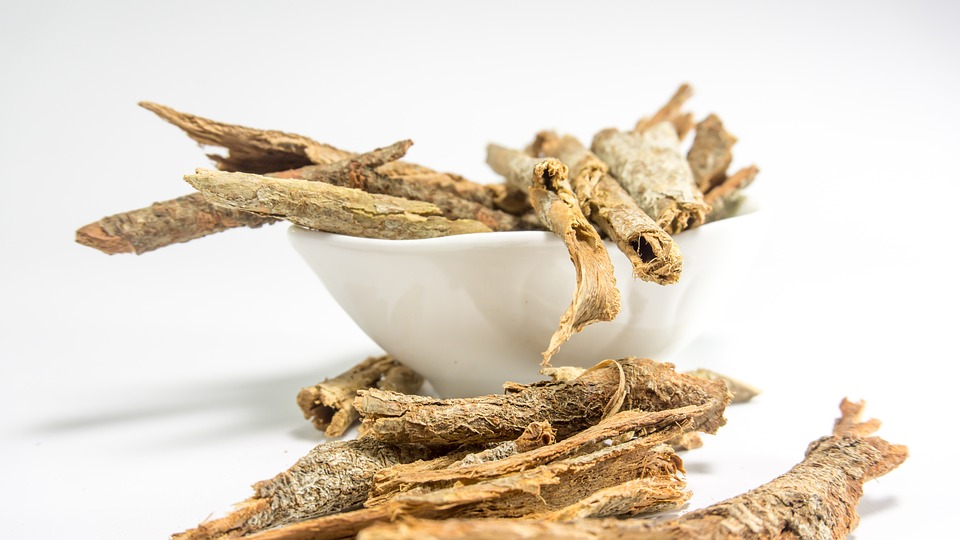By Irene Hayton
Unfortunately, because of the low-carbohydrate craze, carbohydrates (carbs, for short) have gotten somewhat of a bad name. Very-low-carb diets (those that allow 30 grams or less of total carbs per day) require you to eliminate fruit and starchy carbs (legumes, grains, and starchy vegetables) altogether; by doing so, you miss out on essential vitamins, minerals, and phytonutrients that these foods supply. These diets can also cause constipation and digestive problems due to the low intake of fiber, another beneficial product of carbs. And fiber helps you to feel fuller longer. Carbs are also important sources of energy for your body, supplying glucose which provides essential energy for the brain and central nervous system.
Some people use the Glycemic Index (GI) rating of a given food to determine whether or not to include it in their diet. The GI is a measure of the rate at which a carb breaks down and releases glucose into the bloodstream; the higher the GI, the greater the effect on insulin secretion. Generally speaking, the more processed a food is, the higher its GI. For example, fruit juices have higher GIs than their whole fruit counterparts, and flours (and foods made from them) generally have higher GIs than the whole grains from which they’re ground.
One of the drawbacks of using only the GI is that it can be misleading because GI tests aren’t based on typical portion sizes of foods. Instead, researchers use a standard measure of 50 grams of carbohydrate of the foods that they are testing; therefore, portion sizes vary depending on the amount of available carbohydrate in the particular food. For example, a carrot contains only 4 to 6 grams of available carb, so you’d need to eat about 10 carrots to consume 50 grams of carbohydrate—and nobody eats that many carrots at one meal! Many people avoid carrots and other nutritious high-GI foods, such as beets, sweet potatoes, and squash, because of their higher GI values. This is where the Glycemic Load (GL) proves more useful.
GL is a relatively new tool that takes into account the GI as well as the amount of carbohydrate in a typical portion size of a given food. As an example, in some studies, carrots have a high GI rating of 92, but one medium carrot has a low GL rating of approximately 5. In contrast, white rice has a low GI of 51, but because it has a high amount of available carbohydrate, a 1 cup serving has a high GL rating of approximately 21.
So instead of avoiding starchy carbs altogether, a more feasible approach is to consume a moderate amount of healthy carb-containing foods, along with lean proteins and healthy fats. The best choices for carbs are those that have low or no GL ratings, as outlined below. These foods help to keep blood sugar levels stable and provide vitamins, minerals, phytonutrients, and fiber. They include the following, with serving size in brackets:
- Lentils, chickpeas, and most beans—these also contain protein (1/2 cup)
- Oatmeal (slow-cooking type only, 1/3 to 1/2 cup)
- Whole grains such as oat groats, brown rice, barley, rye and wheat kernels, buckwheat, kamut, spelt, quinoa, and amaranth (1/3 to 1/2 cup)
- Whole-grain rye bread and other whole-grain breads (1 slice)
- Whole-grain pastas, and beanthread or mung bean noodles (1/2 cup)
- Starchy vegetables, such as corn, new potatoes, squash, carrots, beets, and sweet potatoes (1/2 cup).
Looking at the Food Chart in Eating Alive II, you’ll notice that most of these foods have low GL values. Those that have medium GL values can still be included—just don’t eat large quantities of them. The same goes for those foods that have medium or high GI values, but low GL values, such as carrots and beets. Carrots, squash, and sweet potatoes are foods that you want to include in your diet because they’re good sources of vitamin A and other nutrients; beets are an excellent source of anthocyanidins. So go ahead and eat them, just have them in moderate amounts along with other vegetables and some lean protein and/or healthy fat. Eating protein and fat with carbohydrates tends to slow down their rate of entry into the bloodstream, thus lowering their glycemic effect.
Also remember to include nutritious non-starchy carbs in your diet. As a general guideline, fill half your plate with cruciferous vegetables (broccoli, cauliflower, cabbage, kale, etc.) and/or other non-starchy vegetables, particularly leafy greens. Feel free to load up on these foods at meals as well as for snacks.
See this month’s recipe, Sweet Potato Fries, and last month’s recipe, Butternut Squash and Onions, for recipes for healthy starchy carbs.



